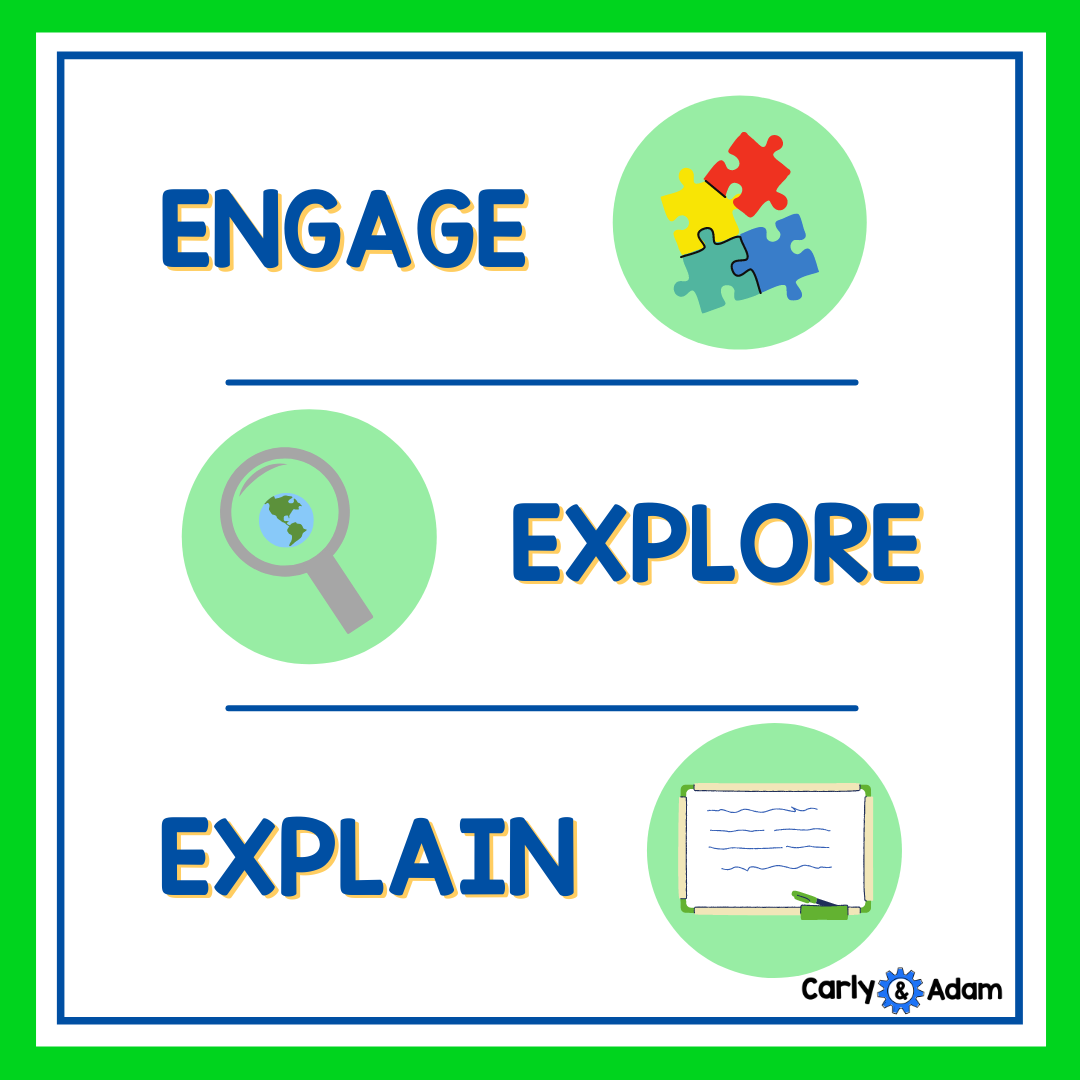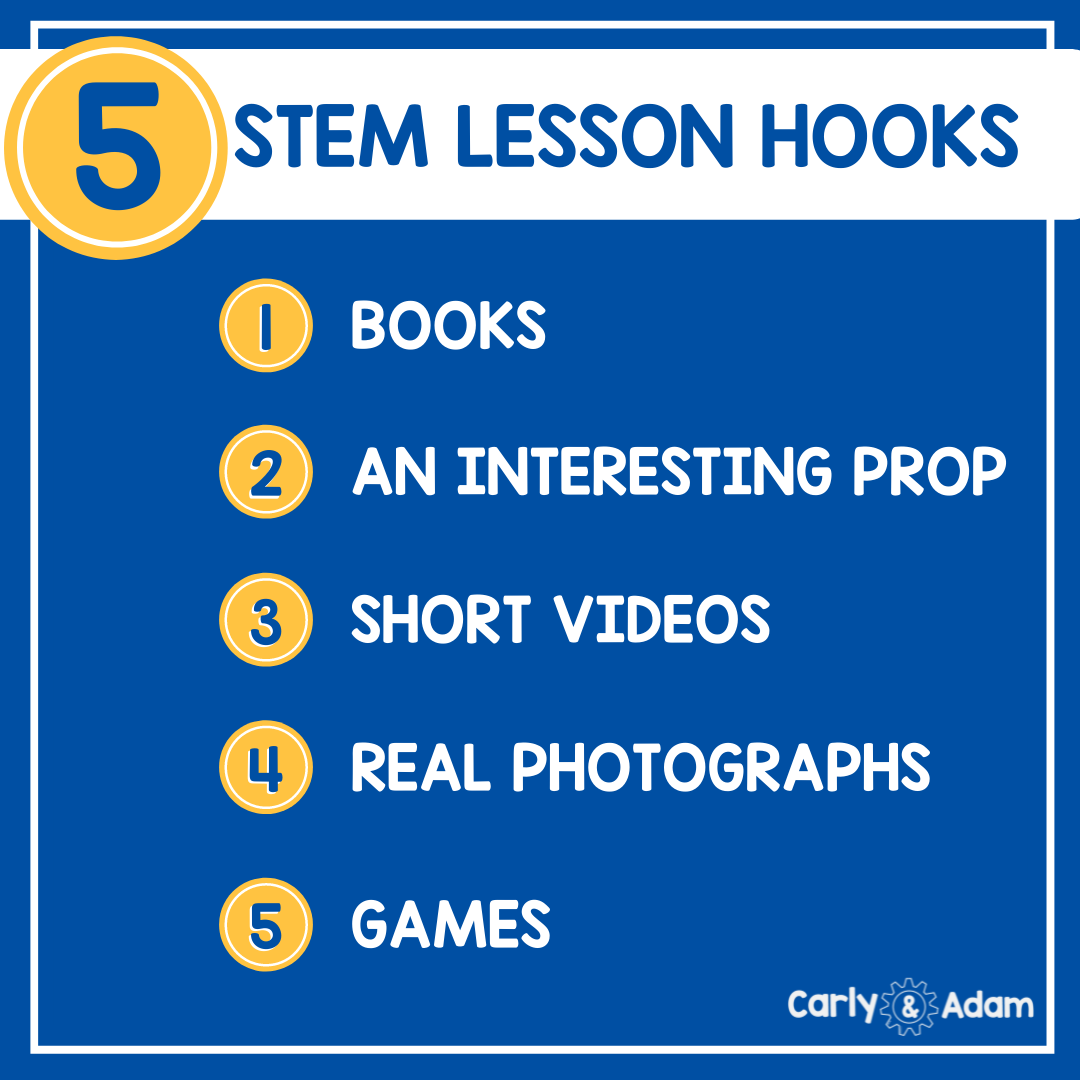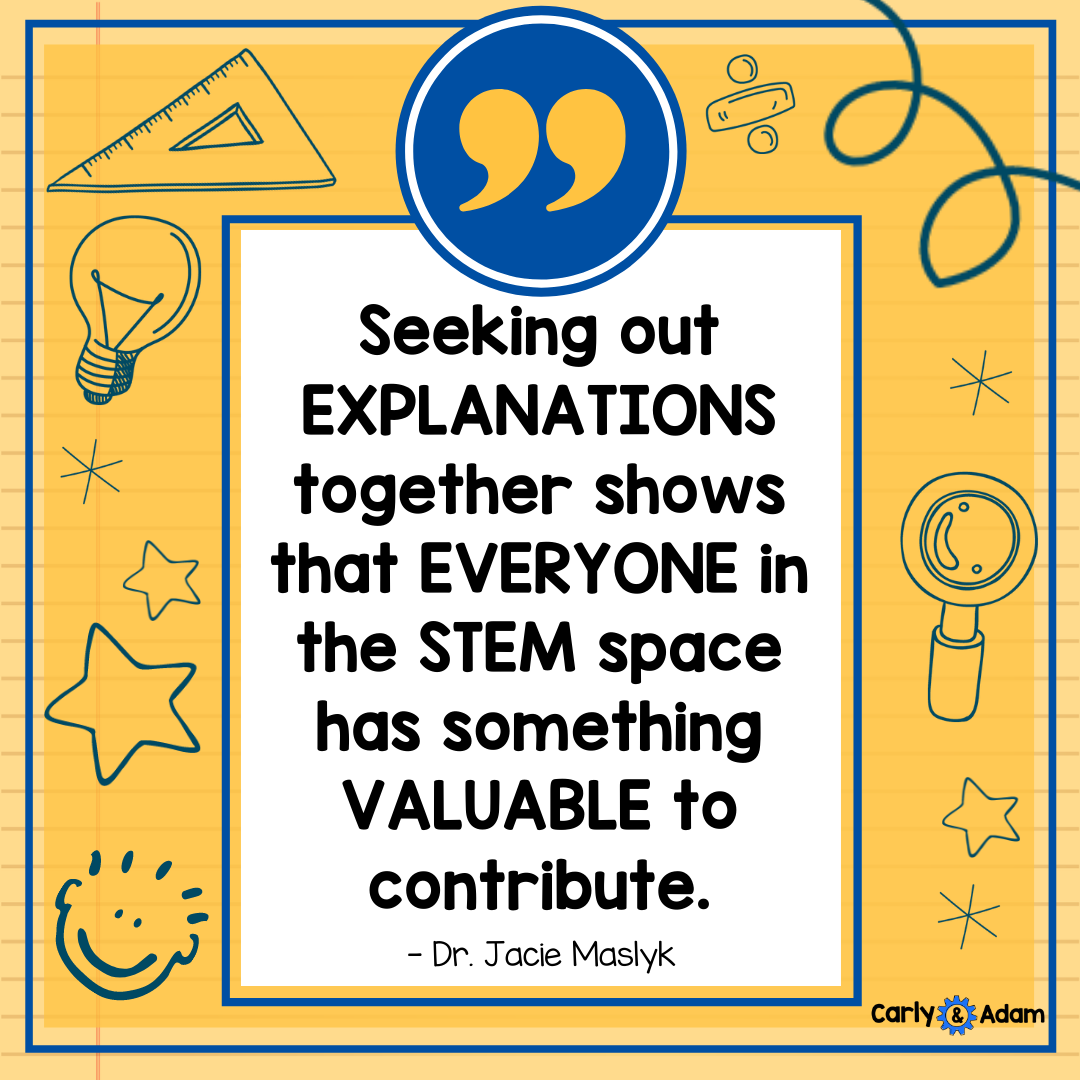NGSS STEM Lesson Planning: Using the 3E Framework
The following is a guest post from Dr. Jacie Maslyk.
Planning and preparing for lessons takes time and energy. Some teachers create detailed plans that incorporate all components of their lessons, while others prefer a block lesson plan that combines ideas in a more succinct way. There are lots of different models and templates for lesson planning and each teacher chooses the way that is most comfortable for them.
3E Model of STEM Challenge Planning
Our 3E model of STEM challenge planning was adapted from the 5E Model of Science Instruction (originally published by Rodger Bybee and the Biological Sciences Curriculum Study). The 5E model incorporates five phases: engage, explore, explain, elaborate, and evaluate. When combined, these steps provide instruction in a sequence that builds for all learners but also allows for personalization.
This model is inquiry-based, and student-centered, which aligns perfectly with the integration of science, technology, engineering, and math (STEM). We have adapted this to a 3E model to help students develop STEM skills through the Next Generation Science Standards by focusing on engaging, exploring, and explaining.
Engage
The start of every lesson should be something that captures the attention of the students. Sometimes called the lesson hook, this is a critical part of the lesson development, pulling students in and getting them thinking. We can use a book, an interesting prop, a game, or a video to engage students in the lesson. In STEM lessons, we also use real-world scenarios and problems to engage learners in a topic.
Our NGSS STEM lessons include a children’s book that will set the stage for learning and provide a foundation for the science content. The books have been selected because of their great illustrations and photos, engaging characters, and relevant topics. The goal during this part of the lesson is to get students interested in the topic and prompt their curiosity. We want students wondering and asking questions like:
Why did this happen?
What do I already know about this?
Where can I find more information?
What can I figure out about this?
How can this problem be solved?
Explore
In all lessons, but especially in STEM subjects, it is important for learners to have time to explore new ideas and materials. In the exploration phase, students may be working in groups, working with manipulatives, or engaging in a discussion. They may be doing research or tinkering with tools. Exploration is a time for students to find out more. During this time, the teacher is observing students and facilitating conversations as learners think and engage in the topic.
In the exploration phase of the lesson, students are using a method to further investigate the topic. The teacher may have posed a problem for students to investigate. Students may be making predictions or recording data as they try out an experiment. They may be using the engineering design process to solve a problem or the scientific method to experiment with different problems and solutions.
This is the part of the lesson where students are responding to a design challenge and activating their knowledge of science, technology, engineering, and math. As they explore, they are recognizing connections between these STEM content areas, while also connecting to related literature in the lesson.
Explain
During the explanation phase, the teacher offers information to support student learning. They lead students to resources and connect them to other students where they can discuss and confirm ideas. Teachers can clarify misconceptions and develop student understanding.
Explaining isn’t just on the part of the teacher, though. Both students and teachers can look at models, ask and answer questions, or debate possible solutions. Seeking out explanations together shows that everyone in the STEM space has something valuable to contribute. During this part of the lesson, students can share their work and get feedback from others.
It is always important for students to reflect throughout the STEM challenge as well as at the conclusion of the activity. Along with student reflection, the teacher may also evaluate the work that students completed. Sometimes this happens in informal ways, but more formal assessments can also be used. This phase allows teachers to evaluate individual student progress toward achieving learning goals, but also provides opportunities for students to assess their progress.
Students can do this by:
Giving feedback to other students
Participating in a gallery walk and offering critiques
Conducting a self-assessment
Reflecting on personal growth in a journal
Checking work against a rubric
Implementing the Framework
This framework is meant to serve as a guide to provide meaningful STEM content to students in the elementary grades. Teachers can choose to utilize some or all of the components to best meet the needs of the students they serve. Lessons can be extended by utilizing videos and other tools shared in the resources section of the lesson plan. These resources can be used to supplement your instruction or provide enrichment to students. The lessons are meant to offer connections between the NGSS standards, great pieces of children’s literature, and the hands-on experiences that you will provide to advance student learning in STEM.
Have more questions or need additional resources?
Join our Free Facebook Group.
For more STEM ideas, inspiration, and collaboration with other STEM teachers be sure to join our FREE Facebook group Elementary STEM Teachers with Carly and Adam!
We hope you have found this blog post helpful. To stay connected with Carly and Adam's teaching tips and classroom freebies be sure to follow us on Facebook, Pinterest, Teachers Pay Teachers, and subscribe to our blog!
An educator for the last 23 years, Dr. Jacie Maslyk, has served as a classroom teacher, reading specialist, elementary principal, and assistant superintendent. She is the author of STEAM Makers: Fostering Creativity and Innovation in the Elementary Classroom, Connect to Lead: Power Up Your Learning Network to Move Your School Forward (ISTE), Remaking Literacy: Innovative Instructional Strategies for Maker Learning and Unlock Creativity: Opening a World of Imagination With Your Students. You can read more on her blog, Creativity in the Making, at www.jaciemaslyk.blogspot.com. Connect with Jacie on Twitter @DrJacieMaslyk or email her at jaciemaslyk@gmail.com .






